Are you planning to visit Bhutan, one of the world's most mystical and hard-to-travel countries? If so, you are going to want to read this article.
After spending months planning my trip and spending a week in Bhutan, I have compiled a list of important things I wish I had known before visiting this wonderful country. Without further ado, here are the 11 most important things to know before visiting Bhutan:
-
11 Important Things to Know Before Visiting Bhutan
- There are reasons why tours are so expensive in Bhutan
- Wire Transferring Money in Full before your trip is typical
- Be Sure to Print Out the Visa and Flight Documents Before Departure
- Visit During the Festivals
- Dress Properly When Visiting Temples and Dzongs
- Photography is strictly prohibited inside temples
- Get Used to Taking Your Shoes on and off
- Also, Behave When You Are in the Temple's premises
- Stay in a Farmhouse
- Try Out the Local Cuisine
- Tips are Not Expected But Appreciated
- Further Reading for South Asia
11 Important Things to Know Before Visiting Bhutan
1. There are reasons why tours are so expensive in Bhutan
There is no doubt that traveling to Bhutan is an expensive endeavor. For one, you can not travel to this country as a foreigner without a tour guide unless you are an Indian, Sri Lankan, or Maldivian, which is not really my style.
Even when you have finally got yourself into Bhutan, you are still subjected to the SDF or sustainable development fee, which is a daily fee you have to pay to the government starting at 100 - 200 USD per day (fluctuation will depend on the government's policy) and it will reflect in your tour cost.
It makes visiting this mysterious Himalayan kingdom even harder. It took me years to finally have the means to do it, and after finally making it to Bhutan, I finally see why this is the case.
No time to read?
Don't worry. You can save this page to Pinterest and come back later.
- Bhutan Trip (4 days)
- Best of Bhutan Tour( Culture- Hikes- Short Trek- Monastic Stay) (5 days)
- Marvels of Bhutan (3 days)
You see, Bhutan is a small land-locked country of around 700,000 people, nestled between the Himalayas and big powers like China and India. It doesn't have any big industry except hydropower. Its mountainous geography is both a blessing and a curse, providing the kingdom protection for centuries but also limiting the flow of commerce.
Tourism is the second largest sector in Bhutan, and it is important for the country's survival to maintain its economy by charging tourists SDF and controlling the flow of visitors in order to spread out the money to support other industries and social programs like free education and healthcare.
Not gonna lie. I definitely did not expect the people of Bhutan to have free education and healthcare, which goes to show where exactly the money is going and why it is so expensive to visit Bhutan. For something like this, I definitely do not mind paying a premium for.
You are also getting your money's worth with everything else as well, from exceptional service to warm hospitality unlike anywhere you've been. The hotels are top-notch with spacious rooms and great views, the food is delicious, the transportation is comfortable and convenient, and the whole experience can be customized to your liking. The whole trip definitely exceeded my expectations.
So if you are wondering why visiting Bhutan is so expensive, just know that you are not just supporting the country's economy but also directly helping the people to have a better life while also keeping the country's authenticity and not ruining it with over-tourism like the rest of the world is facing.
2. Wire Transferring Money in Full before your trip is typical
One thing that stood out to me when booking a tour to Bhutan is that once the itinerary is agreed upon, you will have to wire the full amount to a Standard Charter bank account (or some other international banks) in the US with a beneficiary account in Bhutan, which is rather alarming, but let me assure you, this is a standard procedure, as the government will not approve your entry Visa until the full amount is transferred.
Here's how it went for me: First, they will ask for documents like a passport copy, a passport-sized photo, and a travel insurance copy (from any company), as well as other important information like residential address, contact number, and occupation. Once I sent these documents, I received a confirmed flight detail as well as the invoice with step-by-step instructions on how to wire transfer the money.
Once I provided all the information, I then wired the money to their US account following the steps provided and sent the tour operator a copy. After about 5 - 7 business days, I received my entry visa and confirmed flight tickets in my inbox, and off I went to Bhutan.
Most Bhutan tour operators will conduct the payment like this or similarly, so do not be alarmed when you are asked to wire transfer the full amount from the get-go. If you want a trustworthy company, I highly recommend Authentic Bhutan Tours.
Authentic Bhutan Tours is the company I used for my 7-day trip to Bhutan. They have been in operation for more than 15 years, have great reviews on TripAdvisor (100+ reviews), great itineraries to choose from, and they somehow managed to be the cheapest out of all the 10+ quotes I got from other companies. If you want to follow my trip itinerary, be sure to give the company a go.
3. Be Sure to Print Out the Visa and Flight Documents Before Departure
Once you get the entry visa and flight documents, be sure to print both out and keep them on hand when you check in at the airport as well as when you enter the immigration when you arrive. They will likely ask for it just to confirm that you are allowed to visit Bhutan.
You can also have it on your phone as a backup, but the tour operator told me to always carry a physical copy of these documents on hand, just in case they request them.
4. Visit During the Festivals
One of the highlights of visiting Bhutan is witnessing its colorful festivals, which are often held throughout the year, with the biggest festivals being Paro Tshechu, which is held in March - April, and Thimphu Tshechu Festival in late September.
At the festivals, the entire place becomes alive with flocks of locals, all dressed up in their most colorful traditional attire, gathering together at either a monastery or a Dzong to celebrate life and witness the incredible and mesmerizing colorful mask dances.
I decided to visit Bhutan in late September and was able to witness both the Thimphu Tshechu Festival, held in Thimphu, the capital city of Bhutan, and the Gangtey Festival in Phobjikha Valley. The latter is a smaller festival but feels more personal, and it is definitely my favorite out of the two.
Not many foreigners have the opportunity to witness the festival, and I'm so glad I was able to be one of the few to see not one but 2 festivals in one go. If you can plan your trip in advance and align your visit to these festivals, you are going to have a great time in Bhutan. For the latest festival calendar, be sure to check out: The complete list of festivals in Bhutan.
5. Dress Properly When Visiting Temples and Dzongs
One thing I learned quite quickly here is that the people in Bhutan take religion extremely seriously, and you might not be allowed entry to temples and Dzongs (fortresses), which is much of what you will be visiting in Bhutan if you are not dressed properly.
Despite that, the dress code is pretty straightforward to follow for both men and women. You just have to cover your elbow and knees with a long-sleeved shirt or a jacket and long trousers respectively, so be sure to pack that for your trip.
It can get pretty hot during the day, even in late September, so I highly recommend you wear a short-sleeved t-shirt during the day and pack a light jacket for when you are entering temples or Dzongs. For pants, it is best you just wear long trousers for the entire duration you are in Bhutan as you will be constantly visiting temples and Dzongs every day.
6. Photography is strictly prohibited inside temples
Another rule to follow is that photography is strictly prohibited inside temples, Dzongs, and even in some museums. You will either be monitored with CCTV or required to deposit your cameras in a locker before you are allowed entry.
It's a shame, really, because many of these temples are incredibly decorated, and the statues are expertly crafted. I wish I could show you what they are like. That said, you can photograph whatever you want when you are outside without any restrictions, which is good.
7. Get Used to Taking Your Shoes on and off
Be sure you are wearing a pair of shoes that can be easily put on and taken off throughout the day as you will have to constantly do it over and over again as you enter temples and Dzongs.
8. Also, Behave When You Are in the Temple's premises
Again, temples are sacred sights for the people of Bhutan, and they take them very seriously, so make sure to behave yourself even if you are not inside the temple but still on the premises of one.
We were hiking to the Tiger's Nest, one of the holiest and most sacred pilgrimage sites in Bhutan, and we stumbled upon a group of Indian tourists dancing and shouting at each other for Tiktok right in front of the temple.
It was extremely inappropriate, and I could see in my guide's face how disrespectful he felt by the whole ordeal, so be sure to behave when you are on the temple's premises.
9. Stay in a Farmhouse
One of the coolest experiences you can do here is to stay in a farmhouse in the countryside of Bhutan with a local family. Although all the hotels the tour provided are excellent, it is also important to experience what life is really like for the people in the countryside.
Thankfully, the itinerary provided by my tour operator included a traditional farmhouse stay in Phobjikha Valley for one night, which gave us a glimpse of what it is like out here. Surprisingly, it's not as uncomfortable as you think!
They live extremely well here for a farmhouse, with access to running water and electricity as well as warm water for showers, electrical sockets to charge our electronics, and more.
We spent the night at KD Village Homestay and we were warmly welcomed by the lovely local family running the place. Although we didn't get good sleep thanks to the dog's barking symphony being played throughout the night, we still appreciate being able to experience it, and if you have the chance to stay in a farmhouse in Bhutan, do not miss it!
10. Try Out the Local Cuisine
Another thing that surprised me is how tasty and spicy the food here is. Looking at its rough geography, I didn't expect the local cuisine to be so varied and spicy! I was expecting something dull like Mongolian cuisine but that is not the case here.
Chili is used a lot in Bhutanese cuisine, and if you like spice as much as I do, you are going to want to try all the local dishes like Ema Datshi (chili with cheese), Phaksha Paa (Pork Stew with lots of spice), and of course, Momos or dumplings similar to the ones in India and Nepal.
11. Tips are Not Expected But Appreciated
Last but not least, tipping is not the culture here as they are paid well in the tourism industry, so there is no need to worry about it. That said, when it comes to your guide and your driver, who spent several days attending to your needs and taking care of you, tipping can be a great way for you to show appreciation.
There are no specific rules regarding how much you should tip your guide and driver, unlike in Tanzania. It's not always necessary, but I chose to follow the guideline of tipping 10 USD per day and gave them approximately 120 USD for their service. Again, it is unnecessary, and don't feel the pressure to do it if you don't want to.
That is it for the 11 Important Things to Know Before Visiting Bhutan. Have we missed anything? Have you found the guide useful? Let us know in the comments below!
Now that we have all the information we need, it's time to plan your trip to Bhutan! Here are some resources to help you get your trip going:
Are you planning to travel to Bhutan independently? Be sure to check out my guide on How To Plan A Backpacking Trip here.
Further Reading for South Asia
Looking for more information about your trip to South Asia? Here are a collection of articles about Myanmar that might help you with your trip planning.
- If you are looking for an off-the-beaten-path country to visit, why not check out Bhutan, the land of happiness, during one of its famous festivals? Here is an itinerary for you: 7 Days Bhutan Festival Itinerary.
- Pakistan is rich in culture, history, and stunning landscapes. It is, after all, the place where the Himalayas, the Hindu Kush, and the Karakoram mountain ranges meet. Here's the ultimate guide and one-month itinerary for backpacking in Pakistan.
- One of the best road trips you can do in the world is to traverse the Karakoram Highway in Pakistan, which connects the country with China. Here's the ultimate guide to traveling the Karakoram Highway.
- Looking to do some trekking in Nepal? Check out my Complete Guide To Trekking Everest Base Camp Independently with a 15-day itinerary.
- Looking for a complete packing guide for the Everest Base Camp trek? Check out: What To Pack For Everest Base Camp Hike - A Complete Packing List.
- There are also some short treks in Nepal for you to do, such as the Annapurna Base Camp. Here's a complete guide on how to hike the Annapurna Base Camp in 7 days solo.
- Annapurna Base Camp is a 7-day hike, and there is quite a lot you will have to pack for the hike. Here is What To Pack For Everest Base Camp Hike - A Complete Packing List.
- Sri Lanka is another great country to visit in South Asia with its stunning landscapes, vibrant cultures, and great beaches. Here is a complete 2 Weeks Backpacking Sri Lanka Itinerary.
- I have also written a bit about my trip to India. Here are the 2-part photo essays of my journey: Incredible India Part 1 and Incredible India Part 2.
- You can also watch my travel videos about South Asia here: Sri Lanka travel video, Nepal travel video, and Pakistan travel video.
- Want to know where to go after Sri Lanka? How about exploring the Golden Triangle in India, doing some trekking in Nepal, or going off-the-beaten-path and backpacking through Pakistan?
- For all articles about Sri Lanka, visit the Sri Lanka Travel Guide page.
- You can see all of my South Asia-related articles on my South Asia Travel Guide page.
- For more of my travel guides like this, visit my Destinations page.


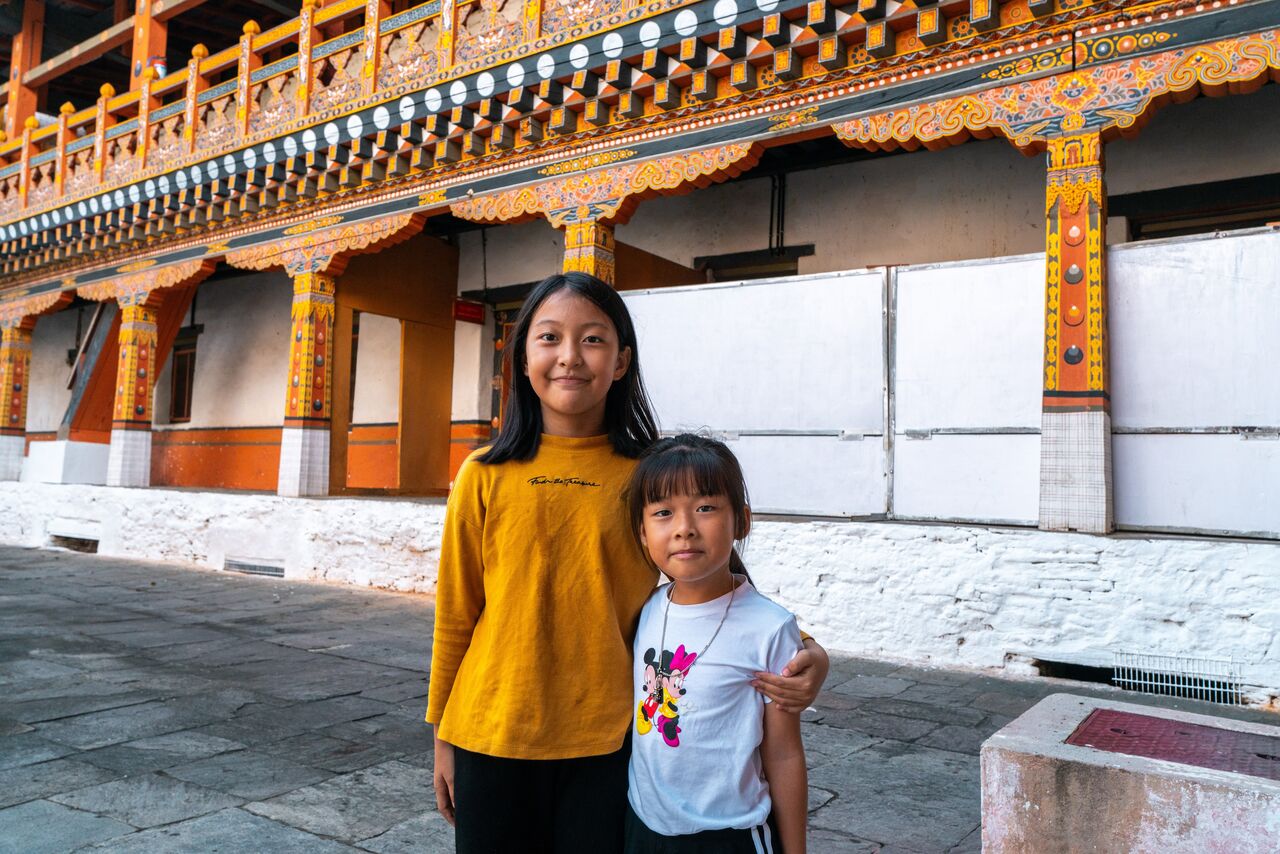
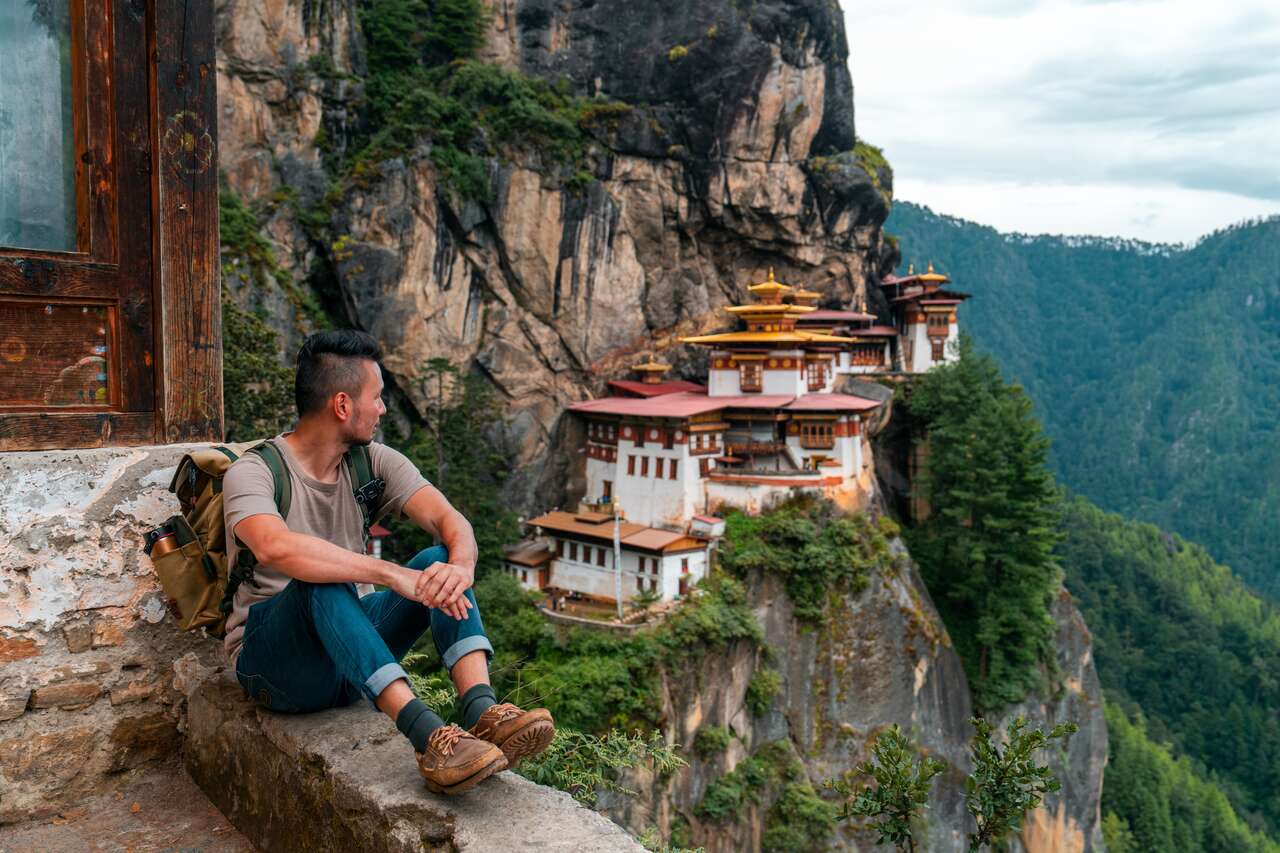

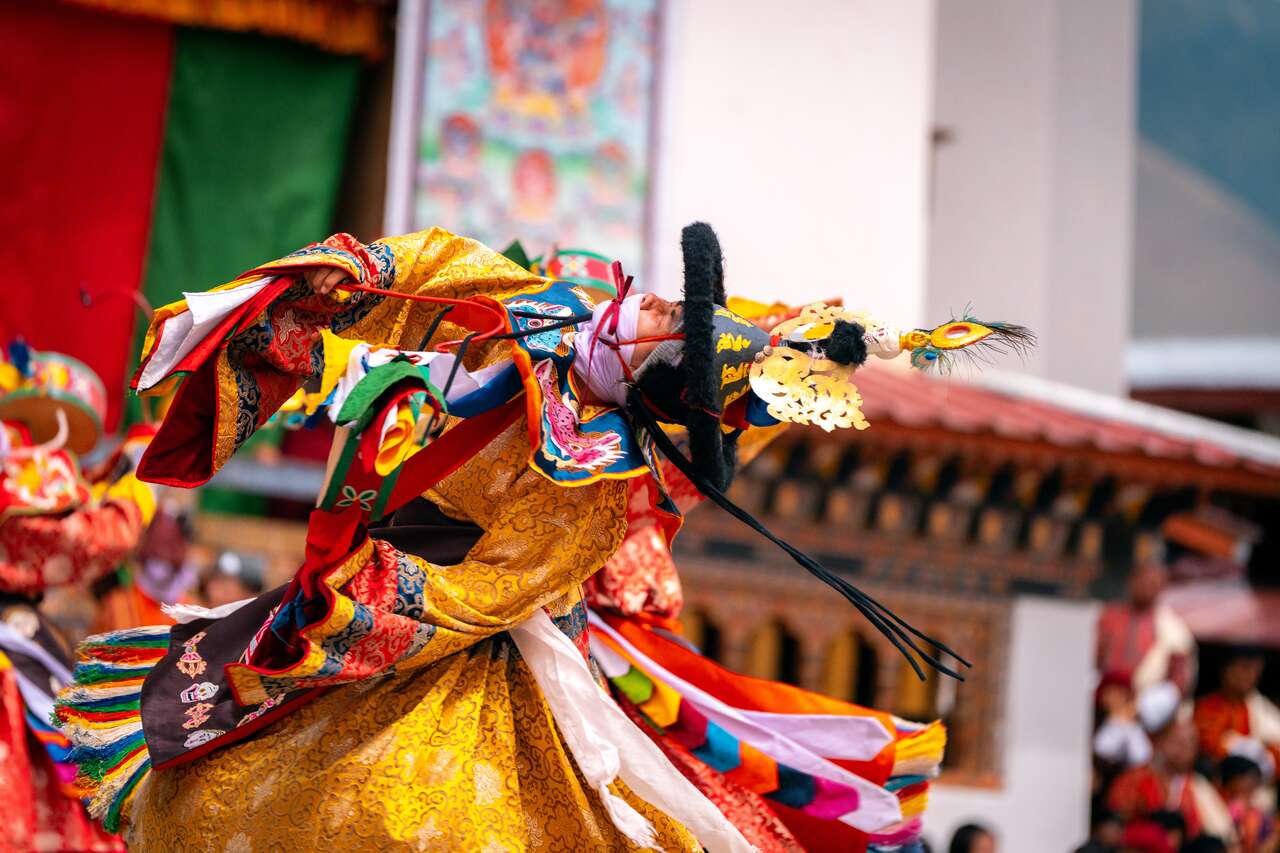
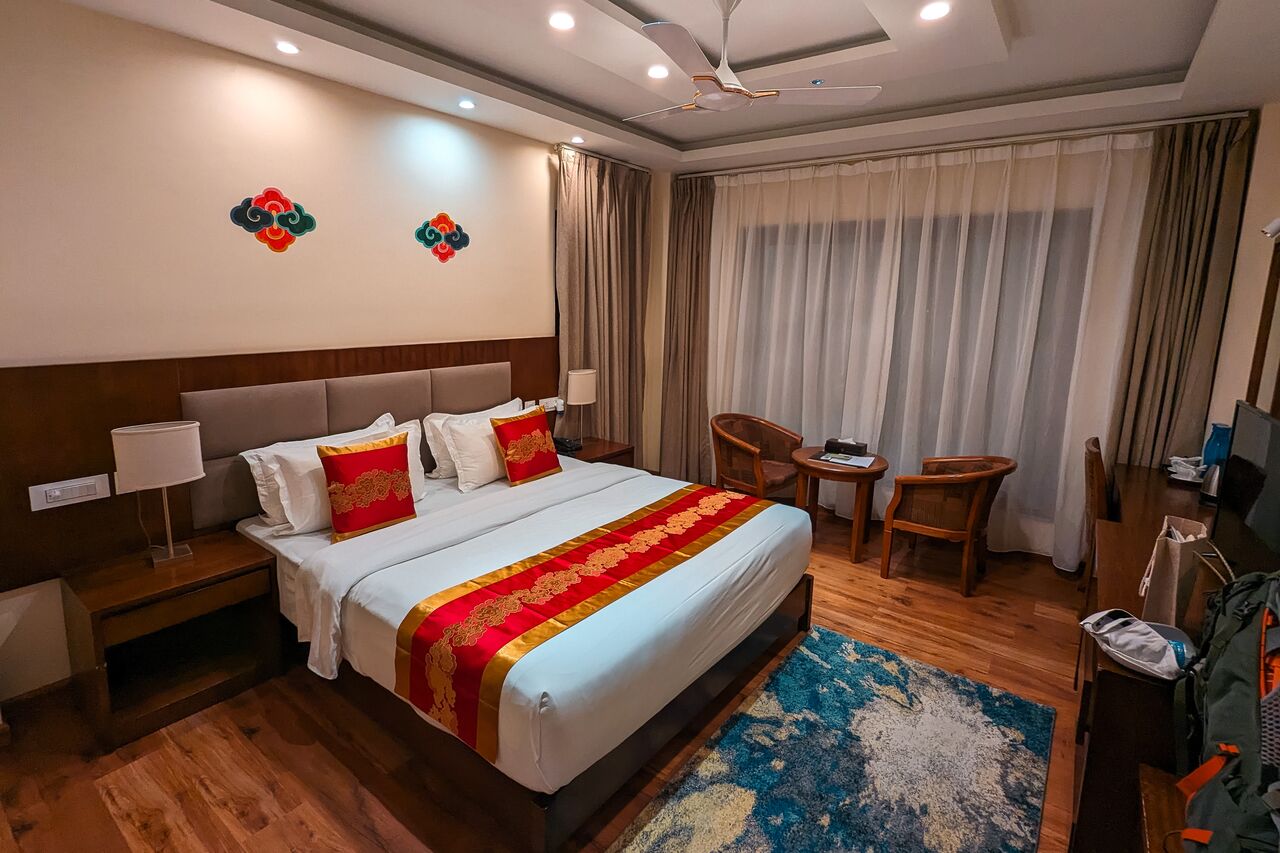
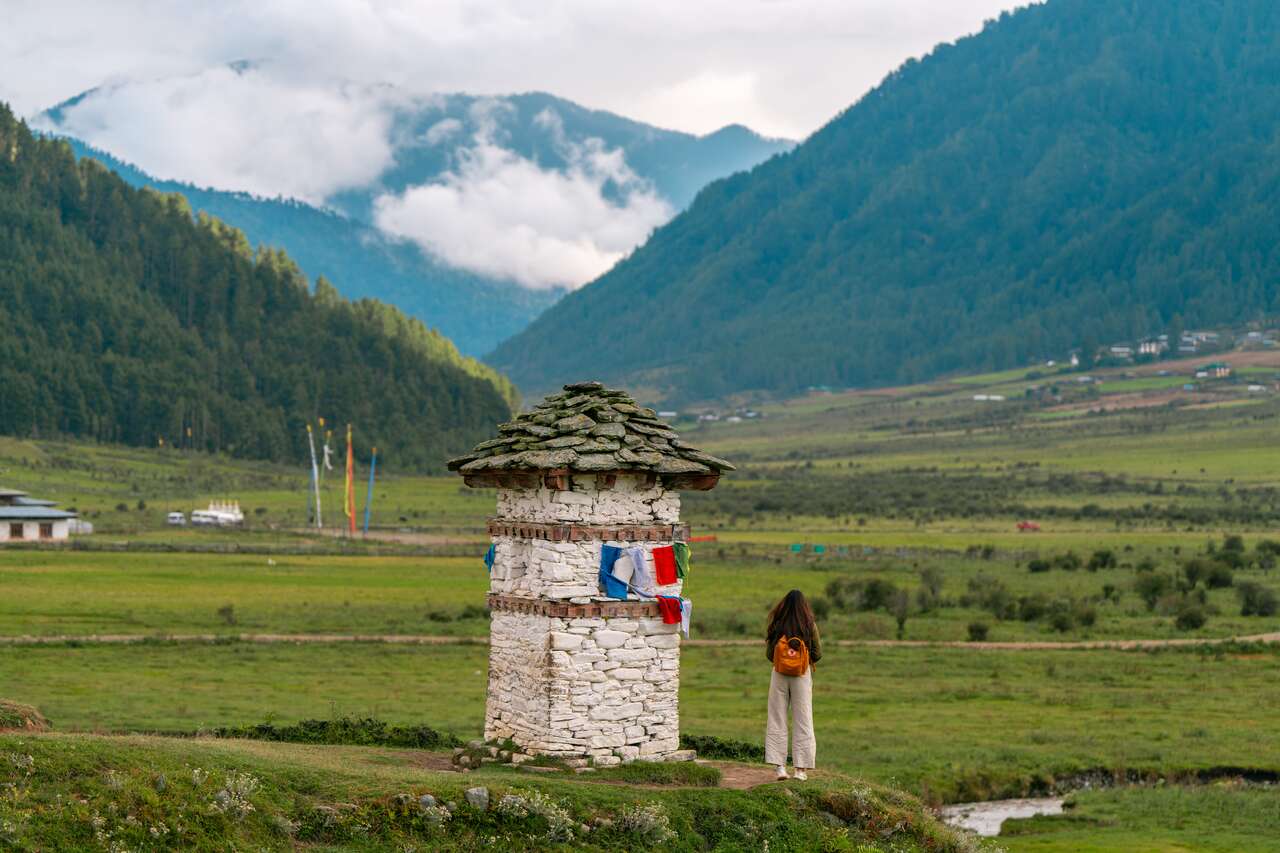

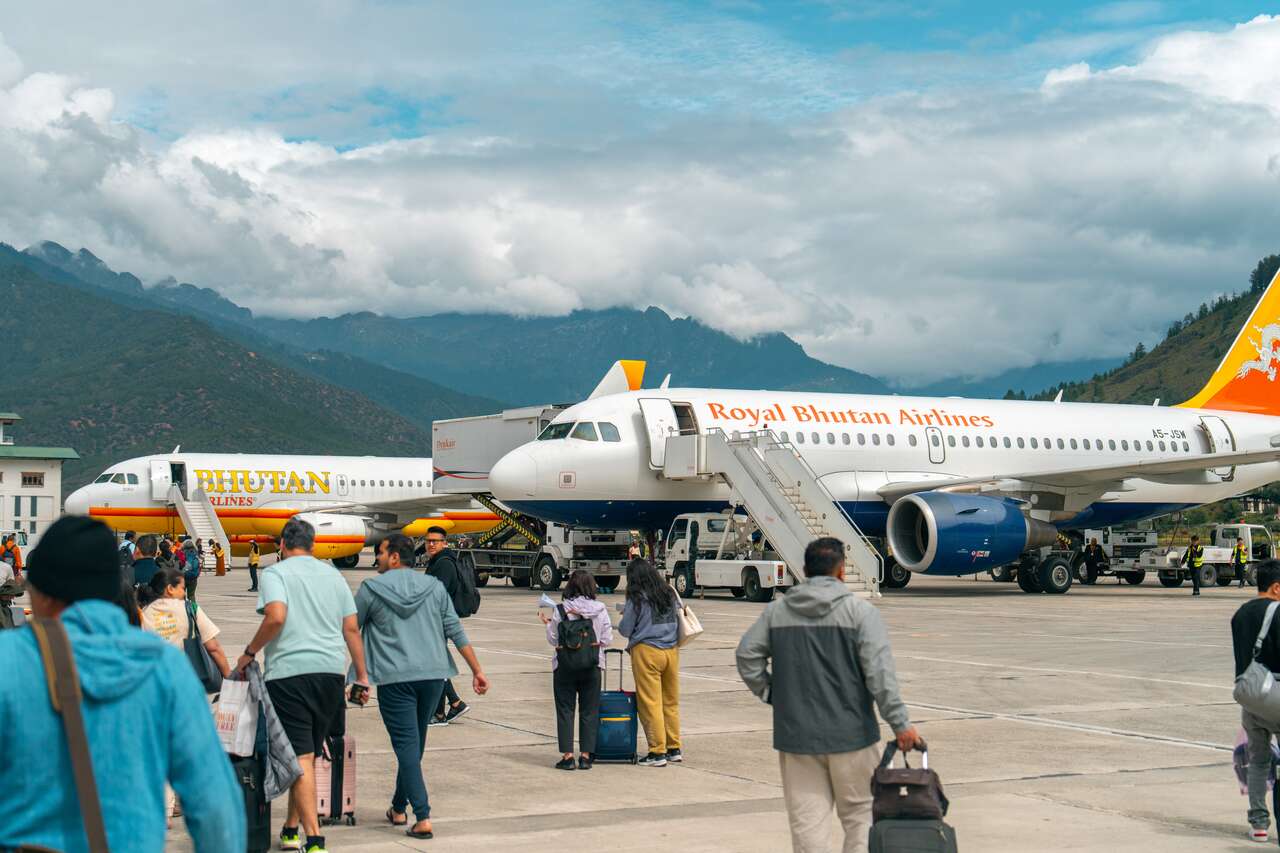
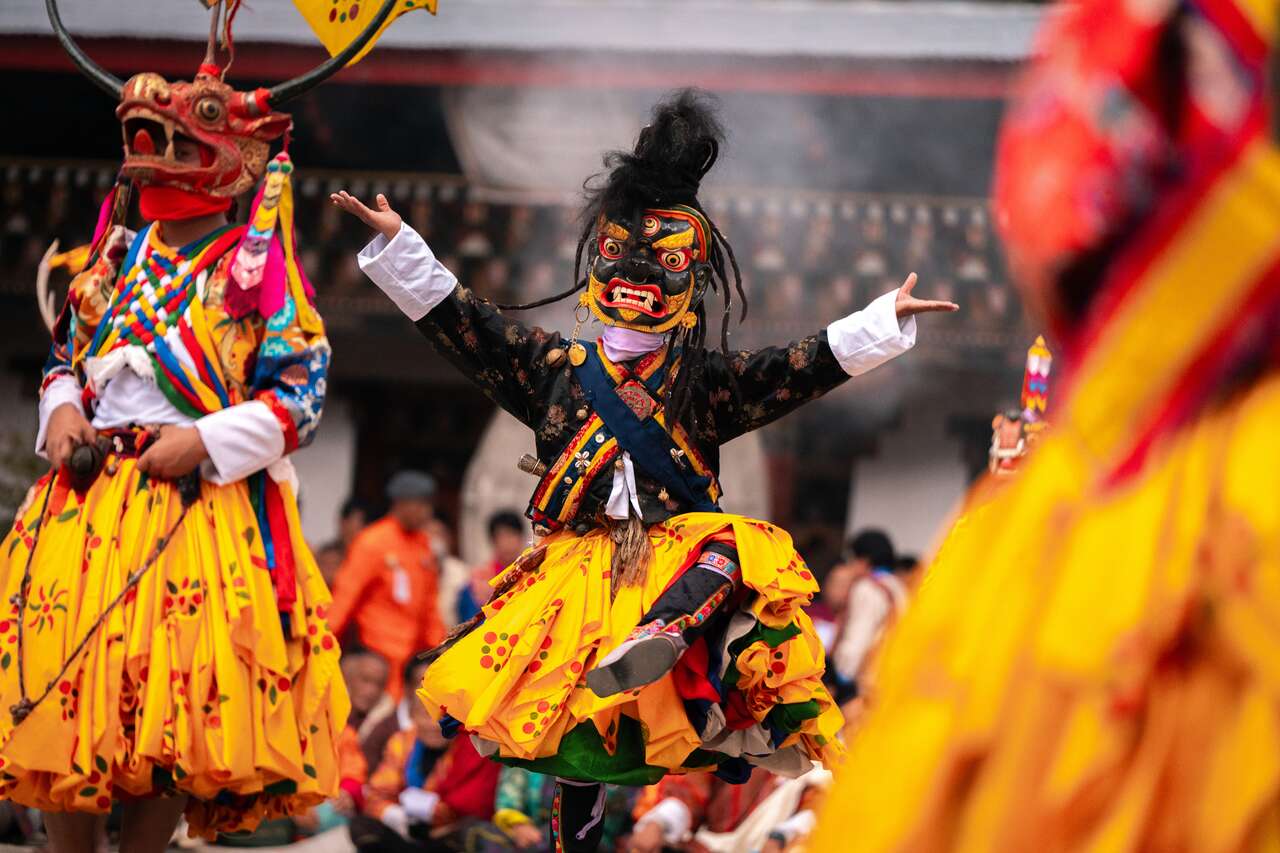

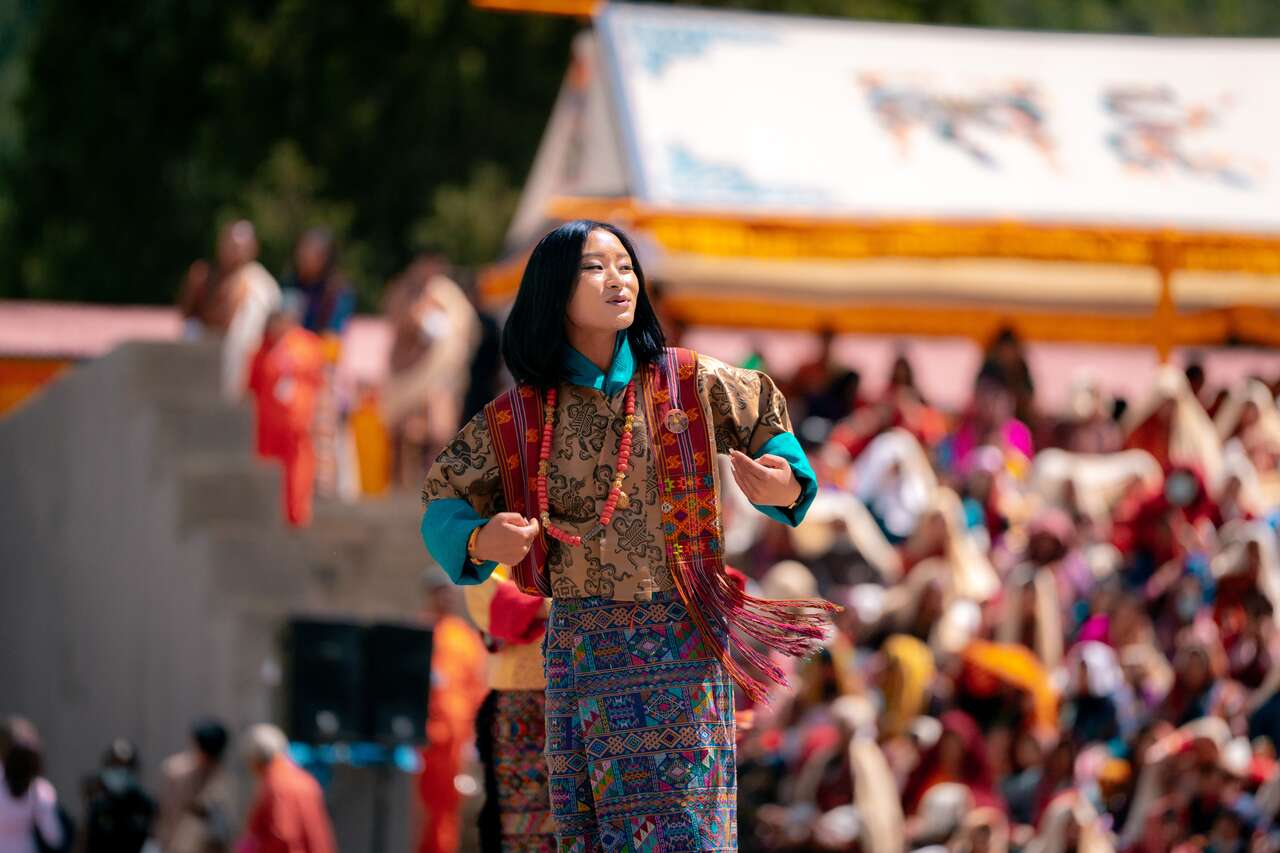
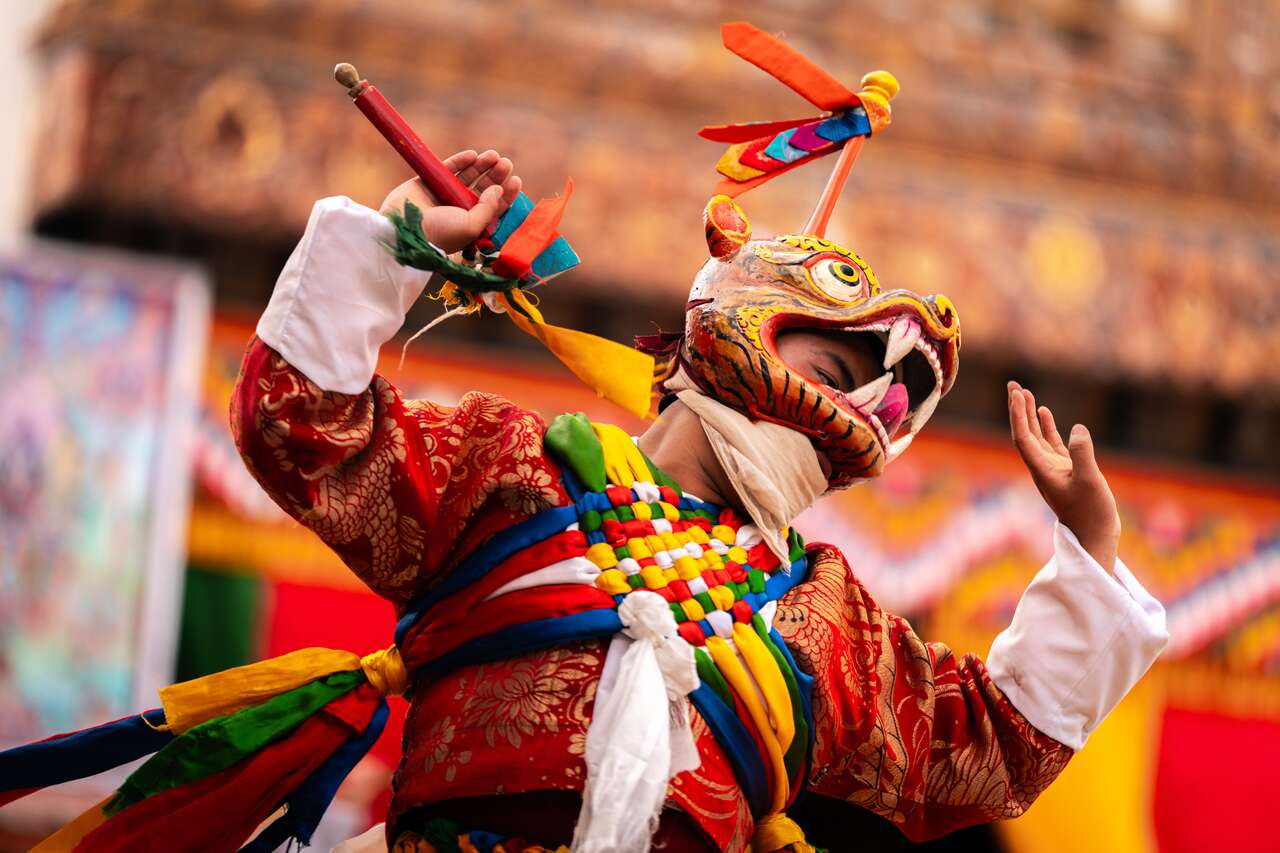
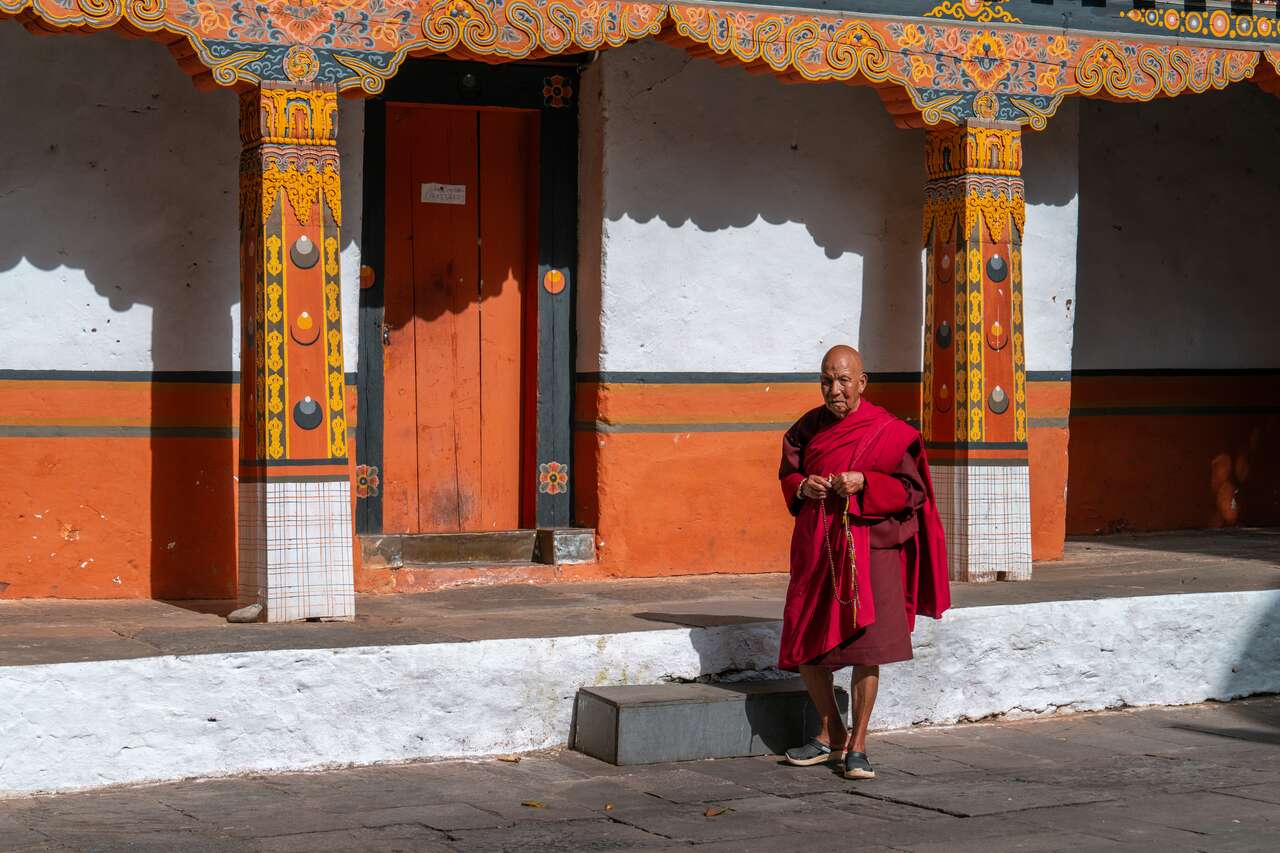


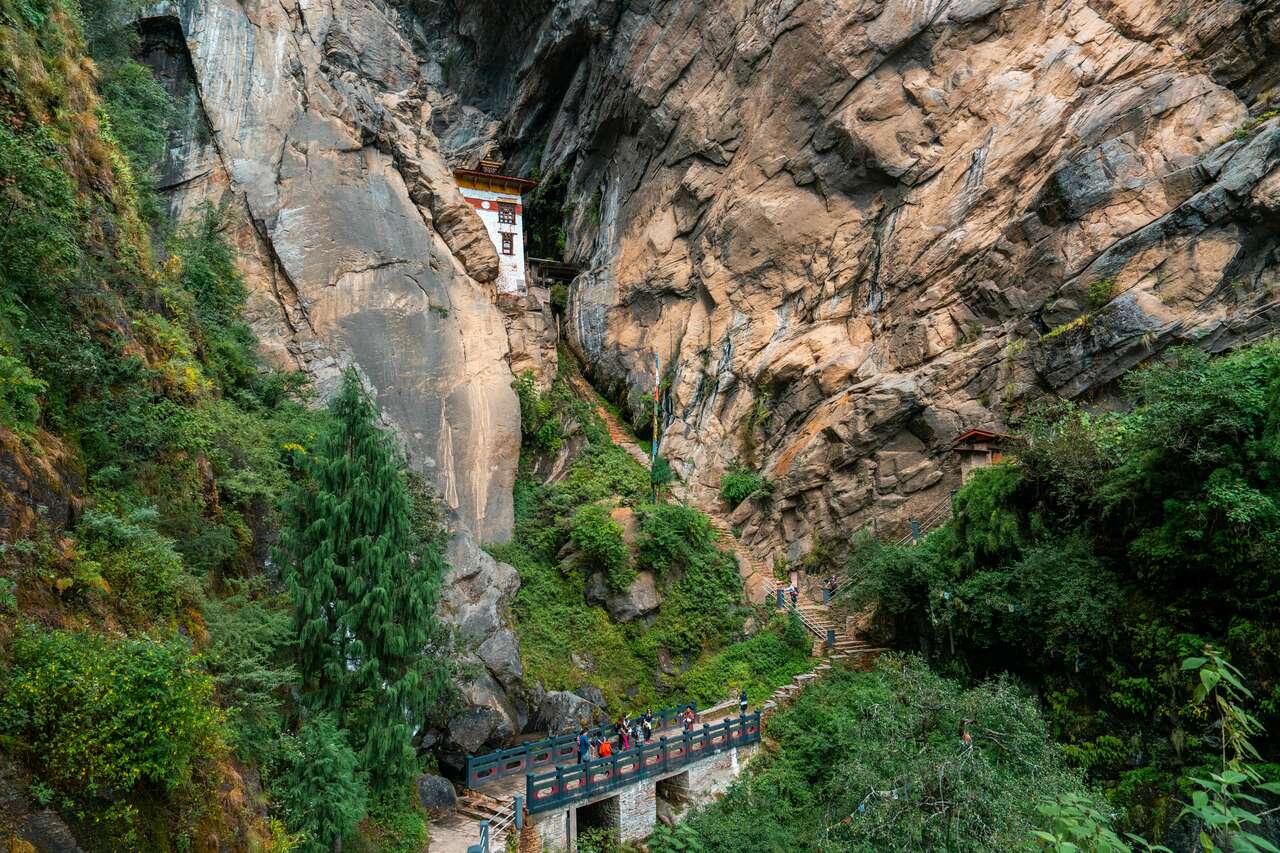
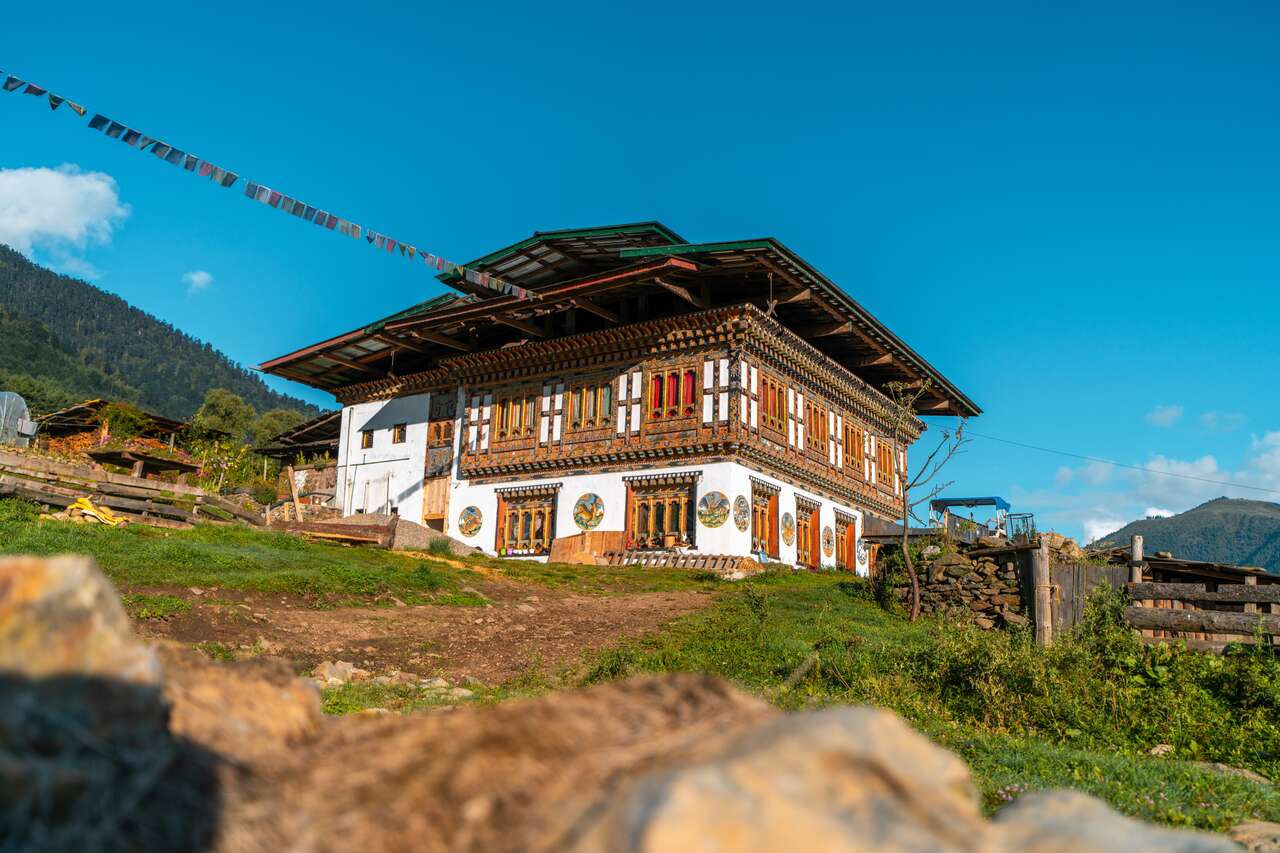
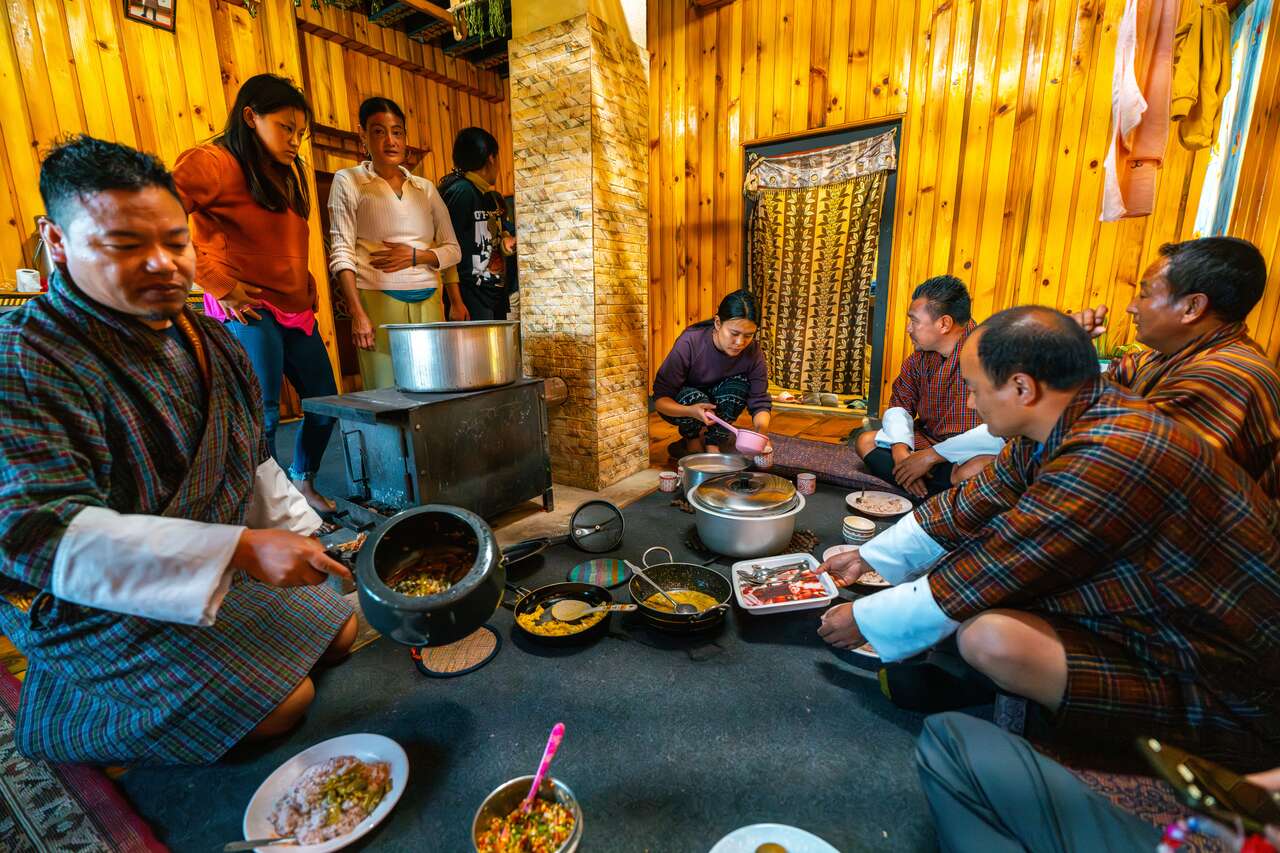
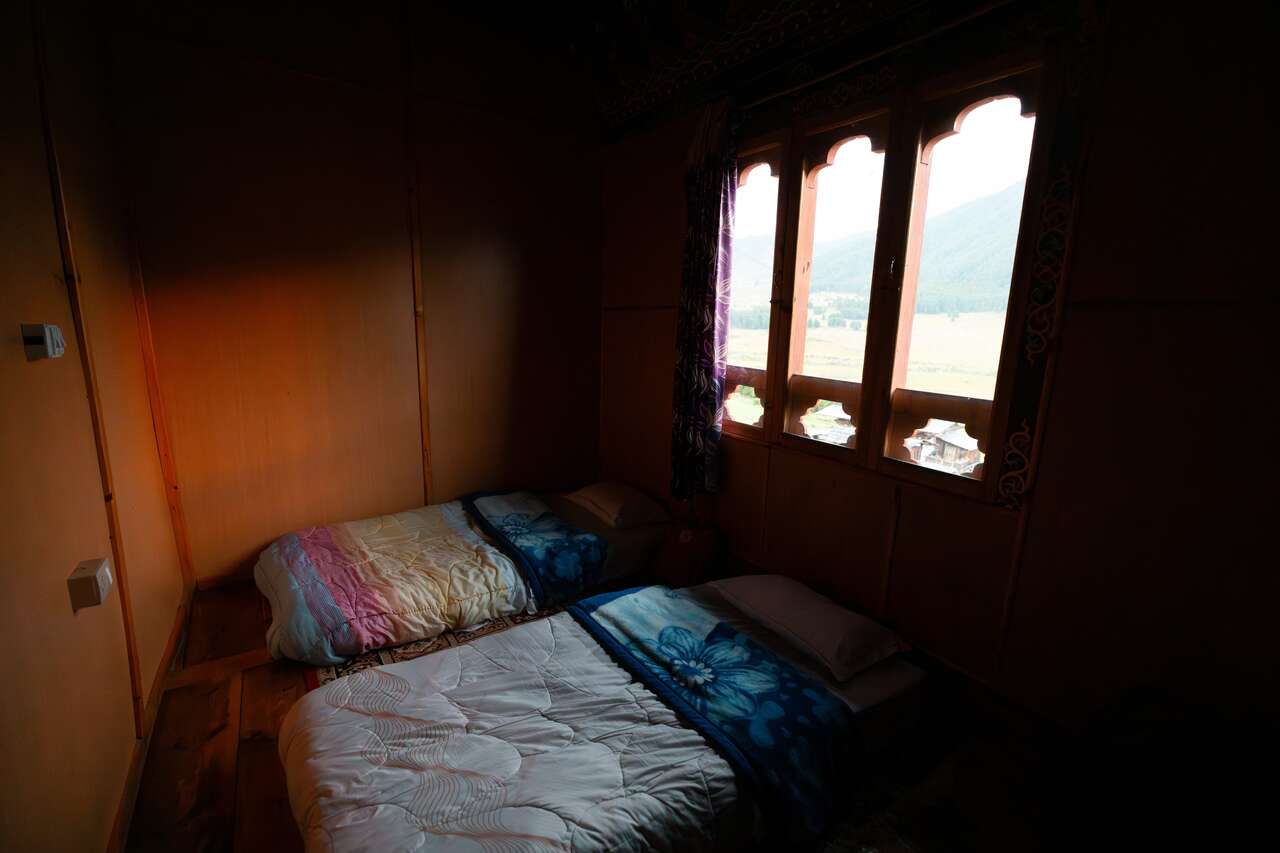
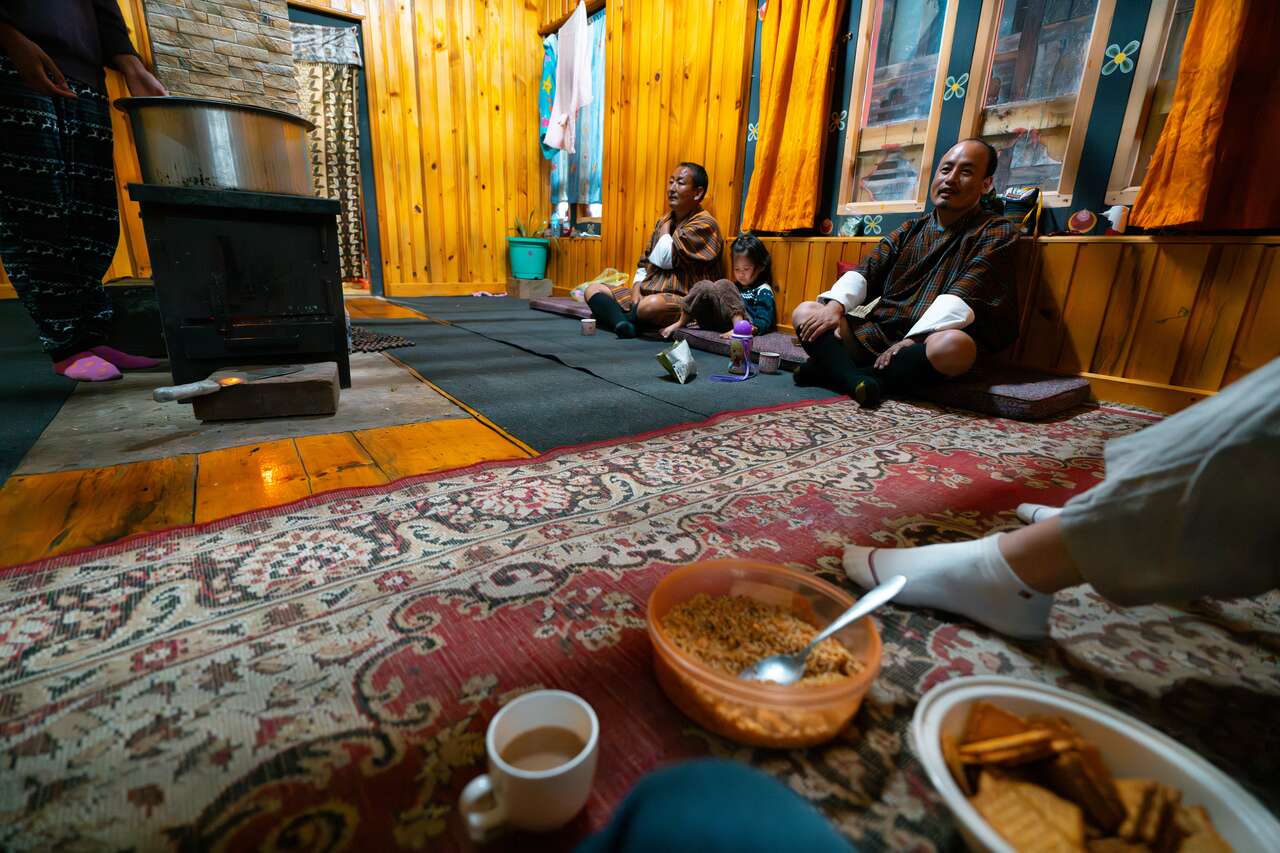

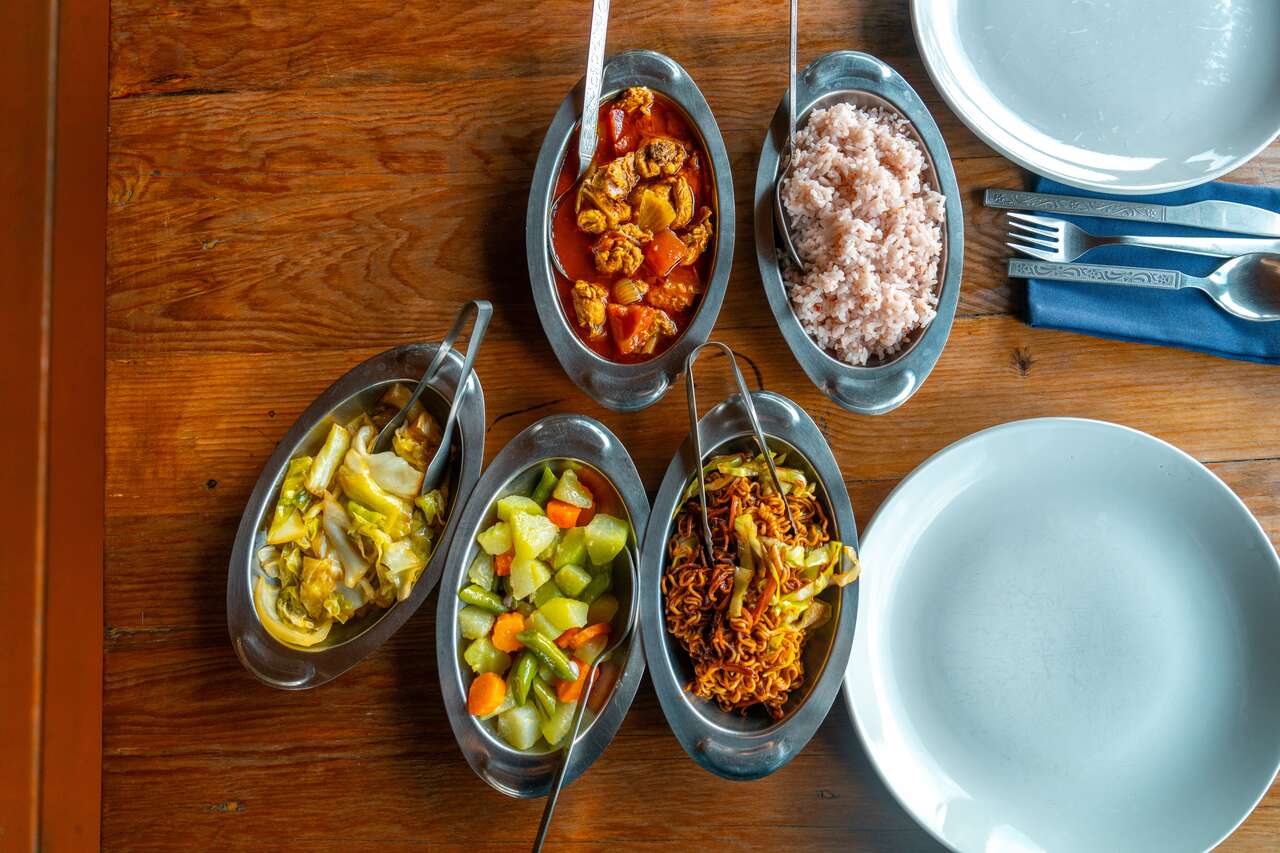
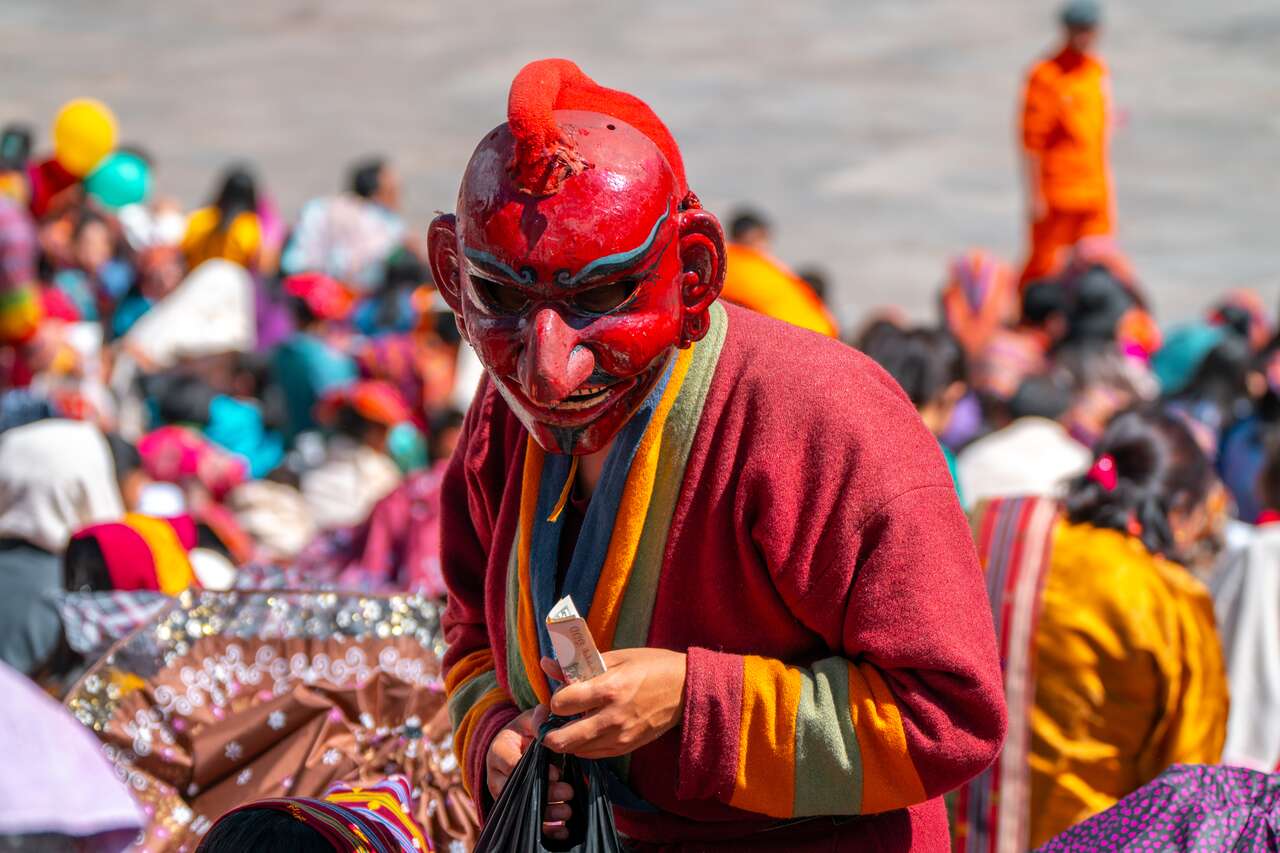
2 Comments
Your blog on Bhutan is a masterpiece! The way you've woven together tales of spirituality and natural beauty is truly enchanting. I especially appreciated your insights into the famous temples in Bhutan, each with its own unique charm and significance. Thank you for this insightful and inspiring journey!
Thank you!